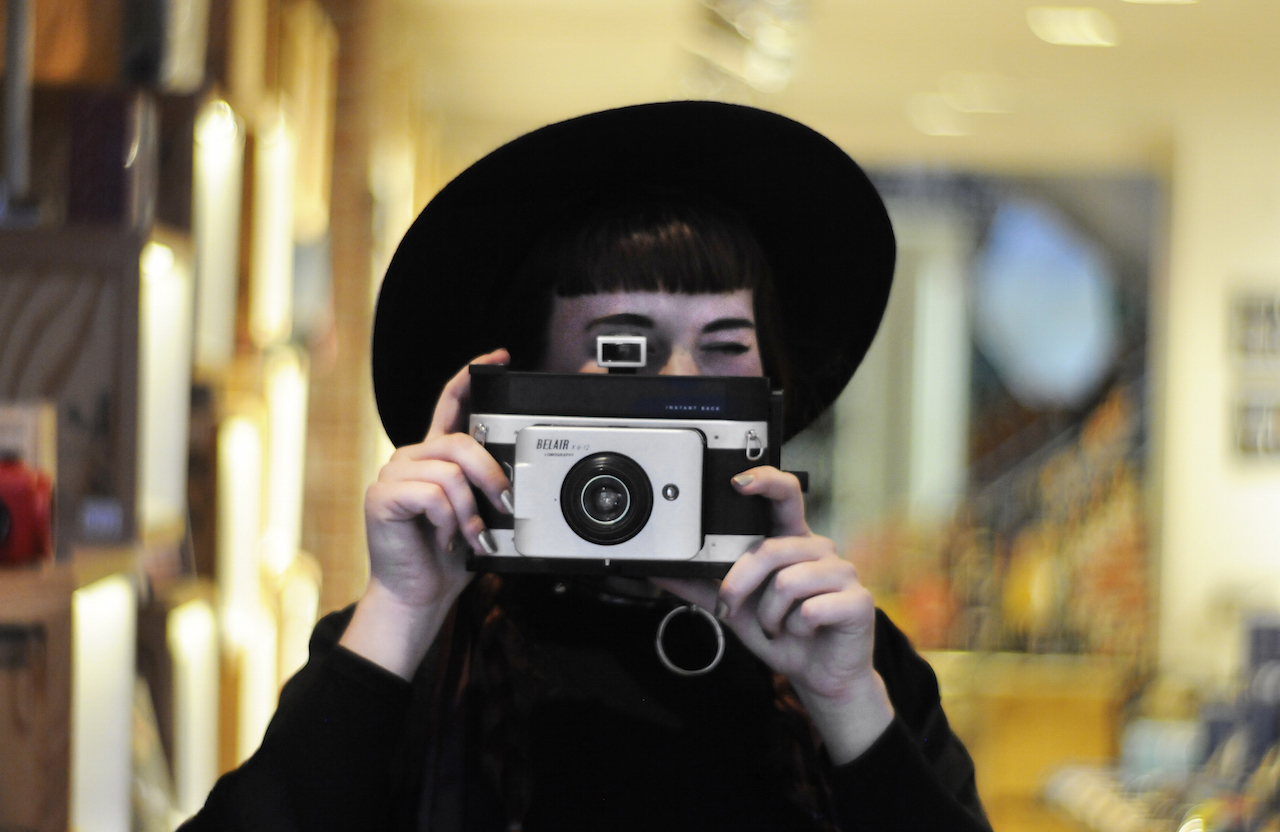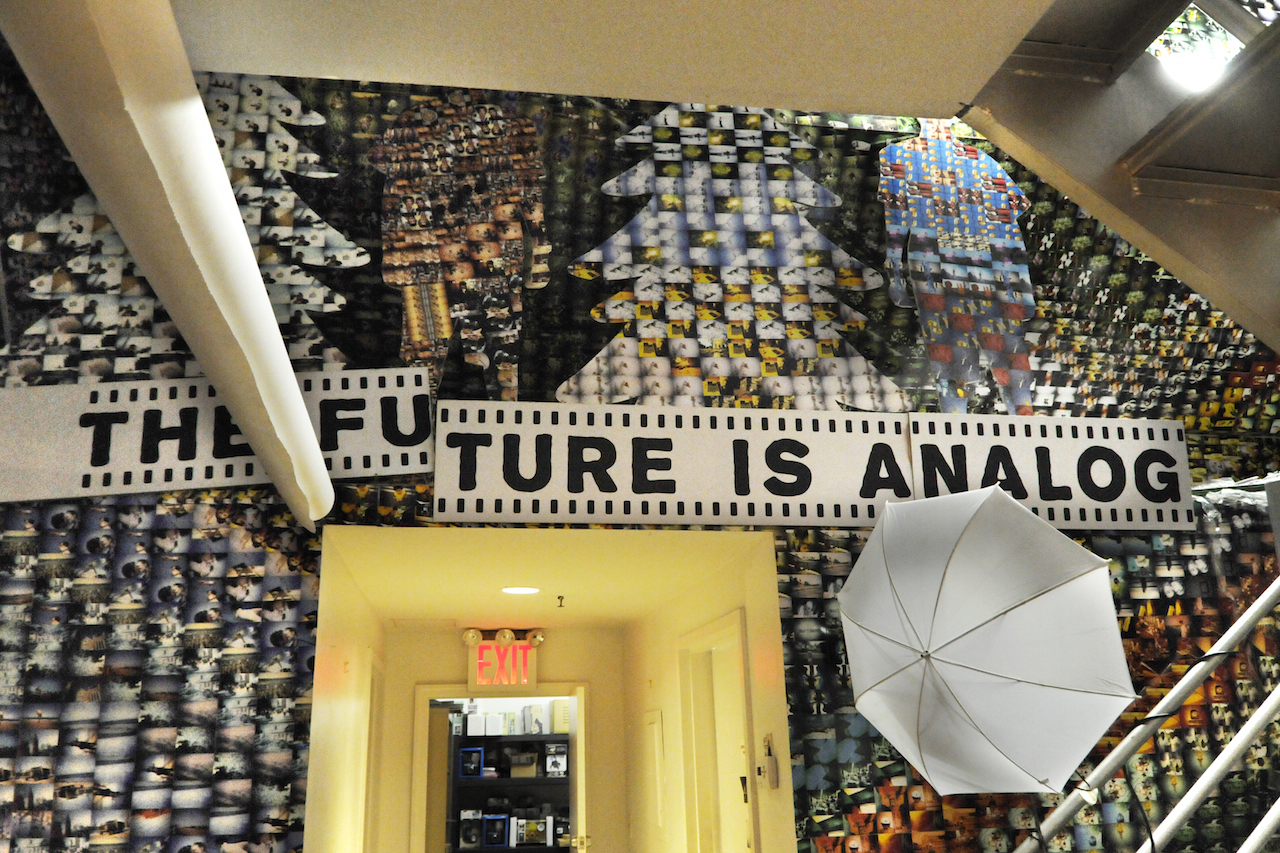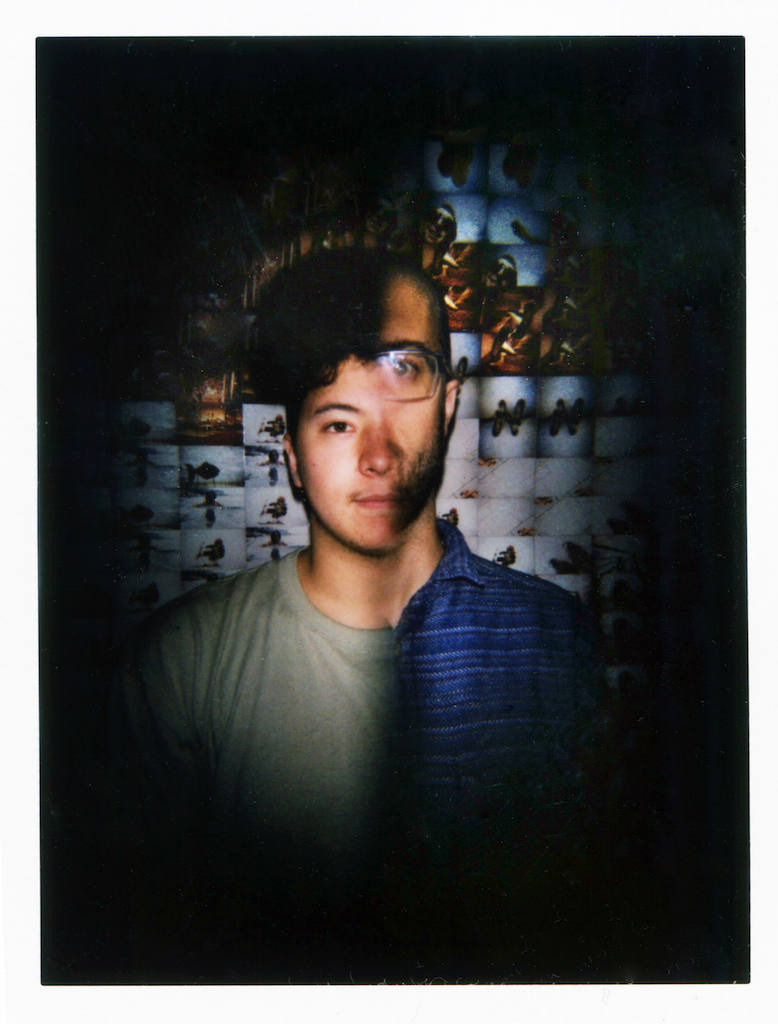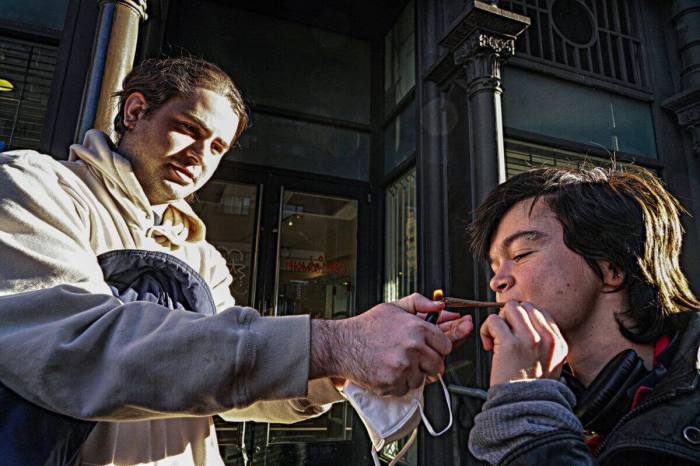
BY BOB KRASNER | Consider this: In 2015, the best-selling item in Amazon’s camera department was — suspend your disbelief for a moment — film. O.K., it was Fuji’s instant film, but it’s still an analog process that somehow beat out digital.
The folks at the Lomography store, at 41 W. Eighth St. in the Village, are probably not surprised. For the past seven years, they’ve been successfully running a camera store that does not sell any digital cameras. The company has been selling cameras longer than that, though, having produced its first camera in 1992.
In the beginning there was the Lomo LC-A, a reproduction of a popular Russian model that was actually a copy of a Japanese camera. Currently, they are producing 20 different devices in a variety of colors and designs (a number of which use the aforementioned instant film), which are being snapped up by a diverse clientele.
Customers range from teenagers who grew up on Instagram to professional photographers, writers, art directors and graphic designers. The store’s catalog could not be more diverse, including cameras such as fisheye, half-frame, twin lens, underwater, movie, sequential, pinhole, panoramic, 360 panoramic and if that’s not enough, a panoramic pinhole, as well.

There are cameras for 35-millimeter, medium format and 110-millimeter film, all of which the store sells and develops in house. Recently they have begun producing specialty lenses, some of which can be used on digital camera bodies. They market their own film, as well, including oddball choices, like their Lomochrome Turquoise, which turns lighter tones into varying shades of blue.
So why bother with film, when your phone has a perfectly good camera? For one thing, said store manager Christian Polt, “Seeing the image later is a very different experience. A picture that you take at a party and then delete might be one that you would have kept if you had shot it on film and looked at it with a different perspective afterward.” And, he added, “These cameras are full of surprises.”
Employee Miria-Sabina is a portrait photographer who recently graduated from Pratt, where she shot her thesis project entirely on film. She continues to shoot a few rolls of film per week, sometimes using Lomo’s Lubitel and pinhole cameras.
“There is something artificial about digital,” she said, adding how she likes how shooting on film “slows down the process. It makes you concentrate more on composition.”
Between paid jobs and personal work, fashion photographer Emily Soto shoots about 20 rolls of film a month.
“I love the classic feel and story it gives to the images,” she said. Adding to the feel of her work are two Lomo products, the Petzval 85 and 58 Art Lenses.
“I love the painterly feel that they give to my images,” she noted.
The brick-and-mortar shop has seen a slow but steady increase in sales as it has developed its own community of enthusiasts. They hang out on the couch, discuss their craft and pass around their latest images.

In addition, the store offers workshops, movie screenings (with a photography theme, of course) and occasional parties for their loyal patrons.
It should also be noted that many of the shop’s camera models serve more than one purpose. Besides taking funky photos, they are designed to function beautifully as conversation pieces, whether you are wearing one or have placed it perfectly on the shelf.
But, more important, the inherent limitations that are built in — fixed focus, manual controls and limited apertures, among others — force the user to actually think about the whole process and create images that are unique to the cameras. With their built-in limitations, the cameras actually become collaborators in the shooting.
Even for those of us who shot film for years and loved it but are not going back, there is something heartening about the fact that kids who find it hard to believe that cell phones did not always exist are putting 35-millimeter canisters into their cameras.
For more information about Lomography, visit its Web site, lomography.com .


















